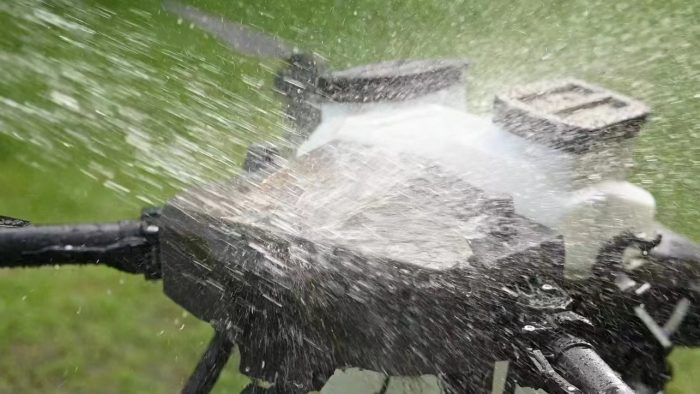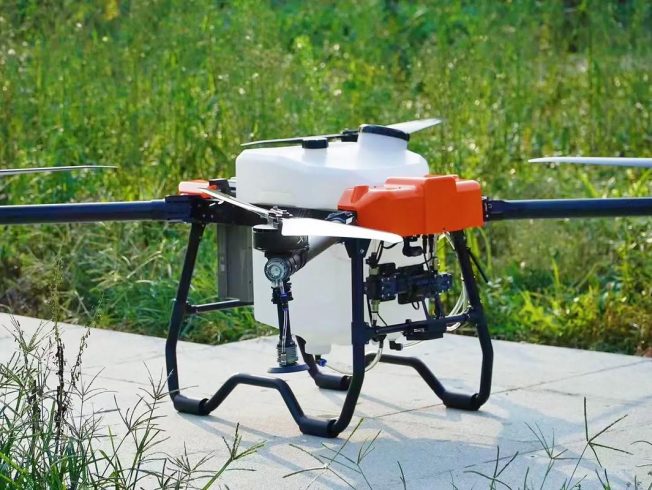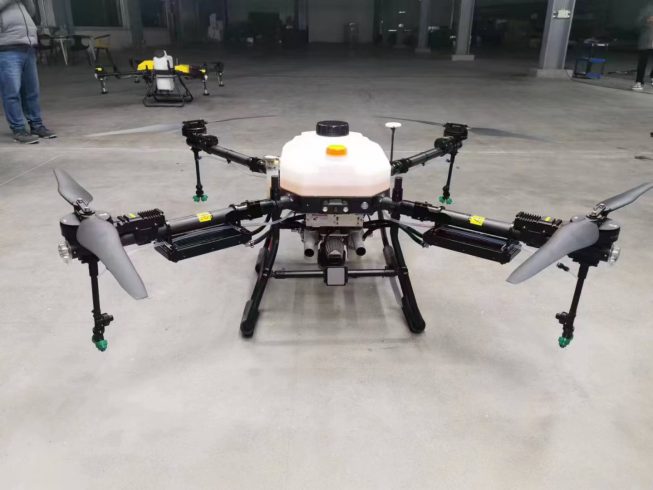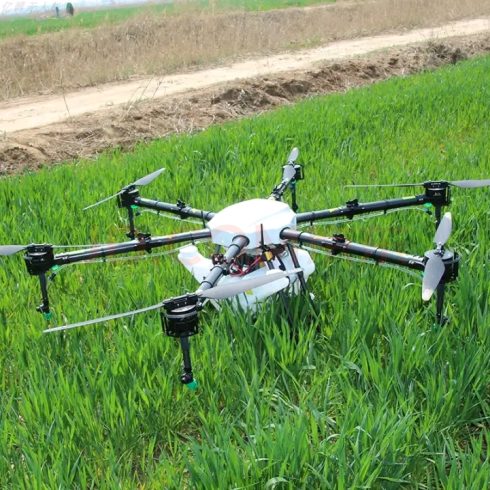![图片[1]-Comprehensive Maintenance Guide for Agricultural Spraying Drones: Ensuring Peak Performance-msoen](https://www.msoen.com/wp-content/uploads/2025/04/3ea0601715184639-1024x768.jpg)
![图片[2]-Comprehensive Maintenance Guide for Agricultural Spraying Drones: Ensuring Peak Performance-msoen](https://www.msoen.com/wp-content/uploads/2025/04/edbbb52c8b184639-1024x576.jpg)
![图片[3]-Comprehensive Maintenance Guide for Agricultural Spraying Drones: Ensuring Peak Performance-msoen](https://www.msoen.com/wp-content/uploads/2025/04/5bb323e000184638-674x1024.jpg)
Pre‑Flight Inspection: Start Every Mission Safely
Before each spraying run, perform a thorough pre‑flight inspection to catch issues early.
- Airframe & Propellers
– Check carbon‑fiber arms and motor mounts for cracks or wear.
– Ensure all propellers are free of chips and balanced properly. - Nozzle & Pump System
– Inspect nozzles for clogs or wear; clean or replace as needed.
– Verify pump pressure accuracy and look for any leaks in fluid lines. - Battery & Electronics
– Confirm battery voltage matches manufacturer specs.
– Inspect battery housing for swelling or damage.
– Check all cable connections and waterproof seals. - Flight Controller & GPS
– Power on the ground station and confirm RTK/PPK GPS lock.
– Run a compass and IMU calibration if prompted.
Document any findings in a pre‑flight log to track recurring issues and identify patterns over time.
2. Routine Maintenance: Weekly and Monthly Tasks
Weekly Checks
- Clean Airframe:
Wipe down the drone with a soft cloth; remove residue from chemical exposure. - Propeller Balancing:
Use a simple balancer to ensure smooth rotation and minimize vibration. - Firmware Updates:
Check for and install the latest flight‑control and pump‑system updates.
Monthly Service
- Pump & Nozzle Overhaul:
Perform a deep clean of the pump assembly; replace O‑rings and filters. - Motor Bearing Inspection:
Listen for unusual noises during a bench test; lubricate or replace bearings if necessary. - Ground Station Calibration:
Re‑calibrate touchscreen controls and confirm telemetry accuracy.
Keep spare parts—propellers, filters, seals—on hand to perform quick replacements and avoid service interruptions.
3. Battery Care: Maximizing Flight Time and Safety
Lithium‑ion battery maintenance is critical for operational reliability and long service life.
- Proper Charging:
– Always use the manufacturer‑approved charger.
– Charge in a ventilated area, avoiding temperatures below 0 °C or above 45 °C. - Storage Guidelines:
– Store batteries at 40–60% charge if unused for more than a week.
– Keep cells in a cool, dry environment away from direct sunlight. - Cycle Management:
– Track charge–discharge cycles in your maintenance log.
– Retire batteries after they reach the recommended cycle count (typically 300–500 cycles).
Consistent battery management ensures maximum flight autonomy and reduces fire or swelling risks.
4. Troubleshooting Common Issues
Even with diligent care, issues can arise. Here’s how to address the most frequent problems:
| Issue | Possible Cause | Solution |
|---|---|---|
| Vibration in Flight | Unbalanced propeller or bent blade | Re-balance or replace propeller |
| Inconsistent Spray Flow | Clogged nozzle or filter | Clean nozzle; replace inline filter |
| GPS Signal Loss | Antenna obstruction or interference | Reposition GPS module; check wiring |
| Reduced Flight Time | Battery degradation | Test capacity; replace battery |
| Erratic Flight Path | IMU calibration drift | Re-calibrate IMU and compass |
Log each troubleshooting step to refine your maintenance schedule and reduce repeat occurrences.
5. Warranty, Support, and Service Plans
Partnering with your drone manufacturer ensures access to:
- Extended Warranty Options: Cover critical components like pumps, sensors, and control units.
- On‑Site Service Workshops: Factory‑trained technicians can perform in‑depth inspections and repairs.
- Remote Diagnostics: Secure data‑link support to analyze flight logs, identify anomalies, and push firmware patches.
- Spare‑Parts Kits: Pre‑packaged modules for rapid replacement of high‑wear items.
Investing in a comprehensive service plan minimizes risk and optimizes fleet readiness during peak spraying seasons.
6. Best Practices for Record‑Keeping
Accurate logs are the cornerstone of effective drone maintenance:
- Pre‑ and Post‑Flight Checklists: Ensure every mission starts and ends with a consistent inspection routine.
- Service History Database: Record dates, parts replaced, and service provider notes.
- Performance Metrics: Track average flight times, chemical usage rates, and mission durations to spot early signs of wear.
- Incident Reports: Document any crashes or hard landings, including root‑cause analysis and corrective actions.
Digital maintenance platforms or simple spreadsheet trackers can streamline record‑keeping and support audit requirements.
Conclusion
Adhering to a disciplined maintenance schedule, from daily inspections to annual overhauls, is vital for the longevity and reliability of agricultural spraying drones. By combining routine care, precise troubleshooting, and robust support plans, you safeguard your investment and ensure each UAV sprayer delivers maximum efficiency, crop protection accuracy, and return on investment.
Optimize your maintenance program today—download our printable inspection checklists and start logging your drone service history for uninterrupted field performance.












暂无评论内容